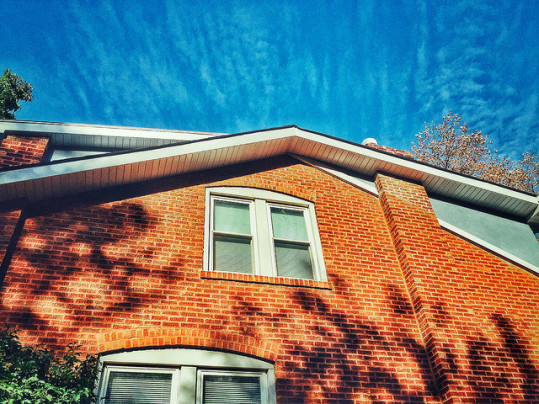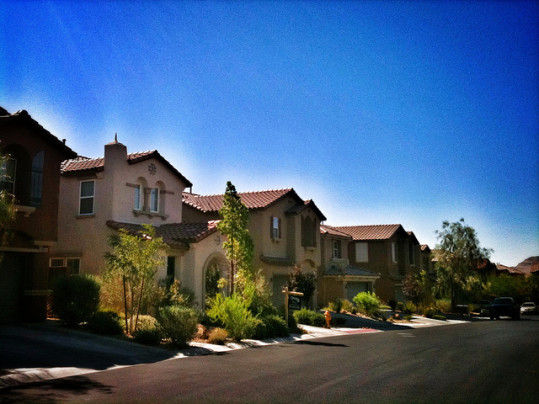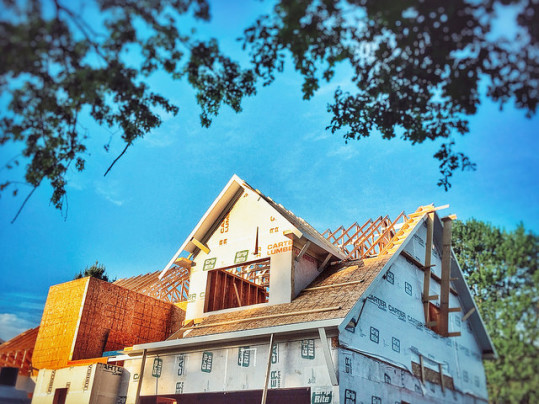Income inequality is a hot topic these days. But what about housing market inequality? Well, a recent analysis looked at 50 of the largest metropolitan areas with an eye for which had the biggest city-wide disparity between high-end homes and the lowest-priced available homes. The results may surprise you. That’s because, the housing markets with the widest range between the high and low end of the market aren’t necessarily the markets that would immediately come to mind. In other words, cities like San Francisco – which features some of the country’s highest priced homes – were more equal than Midwestern cities where the cost of living is much lower. In fact, the number one most unequal housing market was Detroit, where the home values range from $32,000 to $431,000. Salt Lake City, on the other hand, was the most equal market, with median prices between $191,000 to $597,000. In this case, inequality might just be better for buyers. That’s because, the most unequal markets offer a wider range of prices for buyers to choose from, which means home buyers at all ends of the spectrum will have an easier time locating something that fits their budget. More here.
Archive for July 2018
Gov’t Loan Bump May Mean More 1st Time Buyers
According to the Mortgage Bankers Association’s Weekly Applications Survey, demand for mortgage applications was down 2.5 percent last week. But, though there was a decline in the overall number of home buyers looking to secure financing, there was an increase in buyers seeking loans backed by the Federal Housing Administration. And, since FHA loans typically have lower down payment requirements, this could be a indication that, despite the market’s current challenges, first-time home buyers are returning. Mike Fratantoni, MBA’s chief economist, told CNBC last week’s results provide some evidence of that. “The mix of business changed, with FHA purchase volume increasing as conventional and VA volume decreased,” Fratantoni said. “This indicates that more first-time buyers are entering the market, even as the market as a whole continues to be restricted by tight inventories of homes available for sale.” Also in the report, average mortgage rates saw little movement last week, with rates virtually unchanged across all loan categories. The MBA’s weekly survey has been conducted since 1990 and covers 75 percent of all retail residential mortgage applications. More here.
Builder Confidence Still High In July
This summer, home buyer demand has been high while the supply of homes for sale has remained lower than normal. But, if you’re a builder, those are perfect conditions. After all, when there are more buyers than homes, building more homes is the quickest way to balance the market. Because of that, the National Association of Home Builders’ Housing Market Index – which measures builder confidence on a scale where any score above 50 indicates more builders view conditions as good than poor – has seen an uptick in optimism this year. Builders have been generally positive about the new home market and their prospects for the year. In July, for example, the index scored a 68, with components measuring sales conditions and expectations for the next six months in the mid 70s. In other words, builders are feeling good. And that’s encouraging news for prospective home buyers, as more new homes can help alleviate upward pressure on prices. But Robert Dietz, NAHB’s chief economist, says it’s not all good news. “Builders are encouraged by growing housing demand, but they continue to be burdened by rising construction material costs,” Dietz said. “Builders need to manage these cost increases as they strive to provide competitively priced homes, especially as more first-time home buyers enter the housing market.” More here.
How Long Does It Take Renters To Save For A House?
With rental costs and home prices both increasing, it’s become more challenging for renters to save for a down payment. How much so? Well, according to one recent analysis, the typical renter will have to save for nearly six and a half years to come up with a 20 percent down payment on a median-priced home. And, since the median home value is currently $216,000, depending on your prospective neighborhood, it could take even longer to save up for a house. Renters who aspire to homeownership shouldn’t get discouraged, though. Despite the fact that a 20 percent down payment is the standard amount recommended by financial experts, it is not a requirement in order to buy a house. In fact, depending on the particular terms of your mortgage, you can put down as little as 3 percent. In 2017, for example, 29 percent of first-time buyers had a down payment between 3 and 9 percent. That’s why it’s important to explore your options before deciding homeownership is out of reach. More here.
Americans Say They Want To Own A Home In Retirement
The vast majority of surveyed Americans say that homeownership is among their retirement goals, according to a recent survey. In fact, 85 percent of non-retiree respondents said they want to own their own home in retirement and believe they can pay off their mortgage before they retire. But, though non-retiree participants feel like they’ll have their mortgage paid off in time, more than 25 percent of retired respondents said they’re still paying off a mortgage and over half of those had a balance of more than $50,000. In short, Americans may be a bit too optimistic. But regardless of whether or not they make it, the debate about homeownership and retirement will continue. On the one hand, tax breaks and equity make a good case for the wealth-building benefits of owning a home. But, on the other hand, property tax, maintenance and potential renovation costs can add unpredictability to a household budget that may largely be fixed. In the end, which situation is the right one for you will ultimately depend on your personal finances, assets, and outlook – as there is no one-size fits all strategy for meeting your retirement goals. More here.
This Summer’s Luxury Home Market Is Hot
The challenge of finding an affordable entry-level home in today’s housing market gets a lot of coverage. First-time buyers facing higher rent, difficulty saving for a down payment, and low inventory are an important demographic and their habits have implications for the overall health of the market. But, at the same time as the starter-home market has been hot, demand for luxury homes has also ramped up. In fact, new research shows sales of homes $1 million and higher are up 25 percent over last year – which represents the largest jump since January 2014. In short, the improved economy and job market has also led to an increase in demand for luxury homes, the same way it has elevated demand across all segments of the housing market. Among specific regions, northern California leads the pack with four of the top 10 fastest-growing luxury markets. Other fast-growing markets include Denver, Seattle, and Nashville, which all have seen homes on the high-end of the market going under contract in fewer days than at this time last year. More here.
Home Buyer Demand Shows No Signs Of Slowing
If you’ve been paying attention to this year’s housing market, you already know that there’s been a high level of demand and a lower-than-normal number of homes for sale. That lack of balance has led to rising prices and more competition. But, despite the challenging conditions in many markets across the country, home buyer demand has not let up. Mostly, that’s due to an improved economy and job market. Mike Fratantoni, the Mortgage Bankers Association’s chief economist, recently told CNBC the job market is the primary factor driving demand. “The strong job market continues to bolster demand for homes,” Fratantoni said. In short, prospective buyers feel more secure in their jobs and financial situation, which makes them less hesitant to enter the market. That’s proven by new numbers showing a 7 percent surge in applications for loans to buy homes last week. But there’s also evidence that more homes are being listed for sale and, though inventory hasn’t yet rebounded, the trend may be starting to turn, which would be good news for buyers and the market overall. More here.







